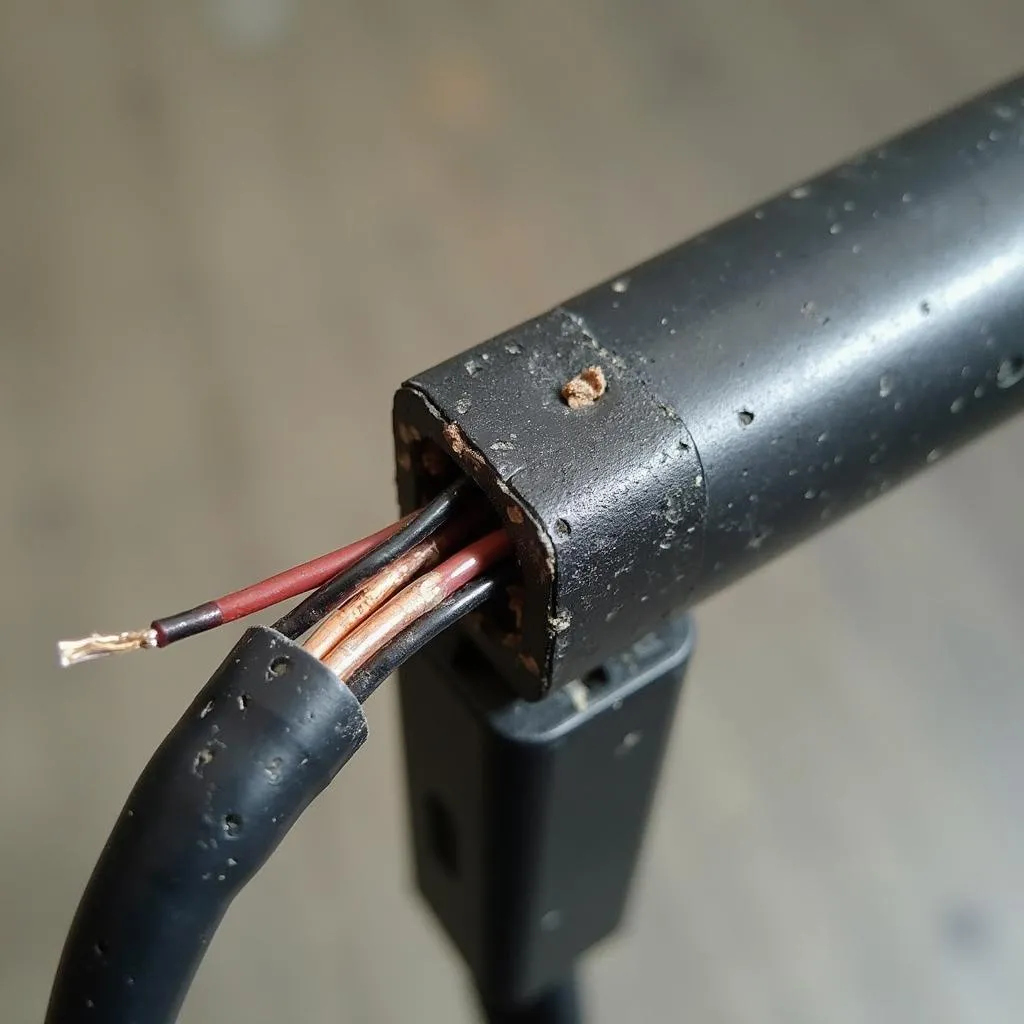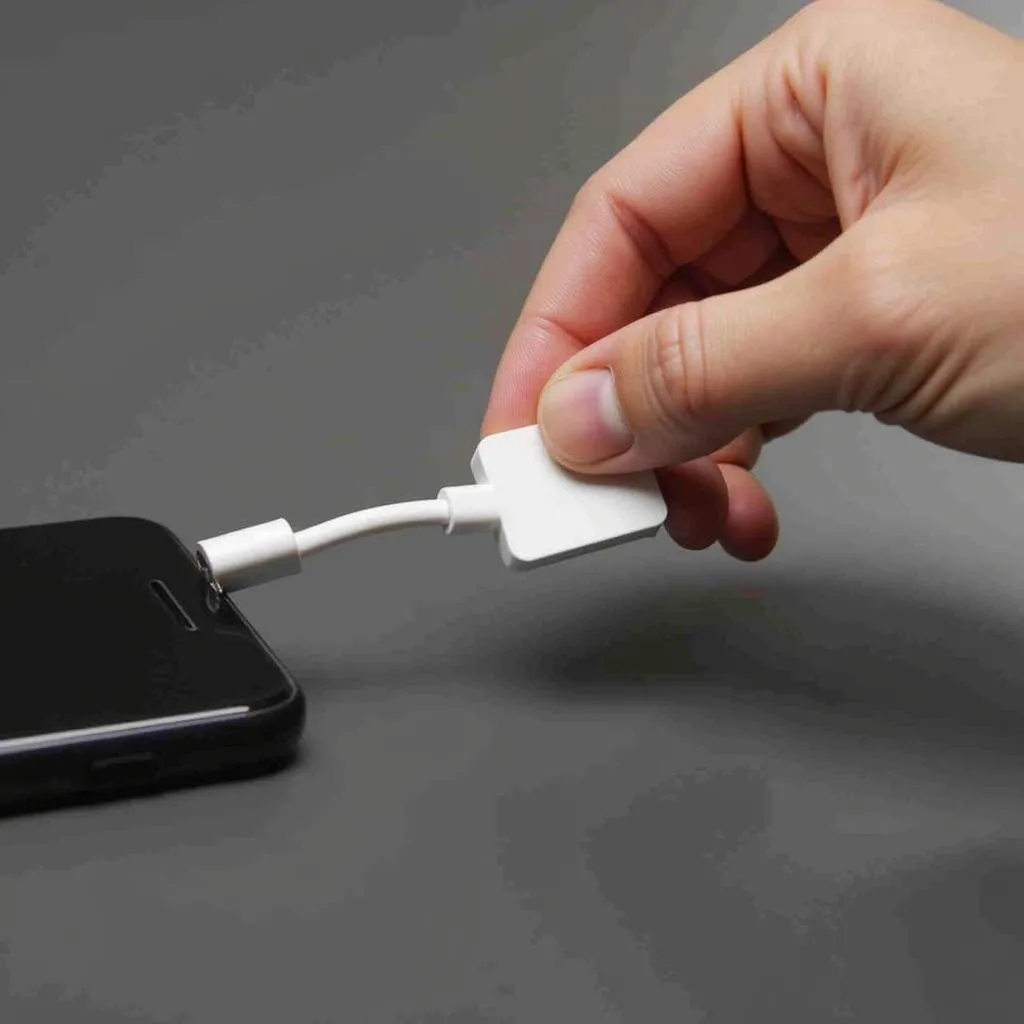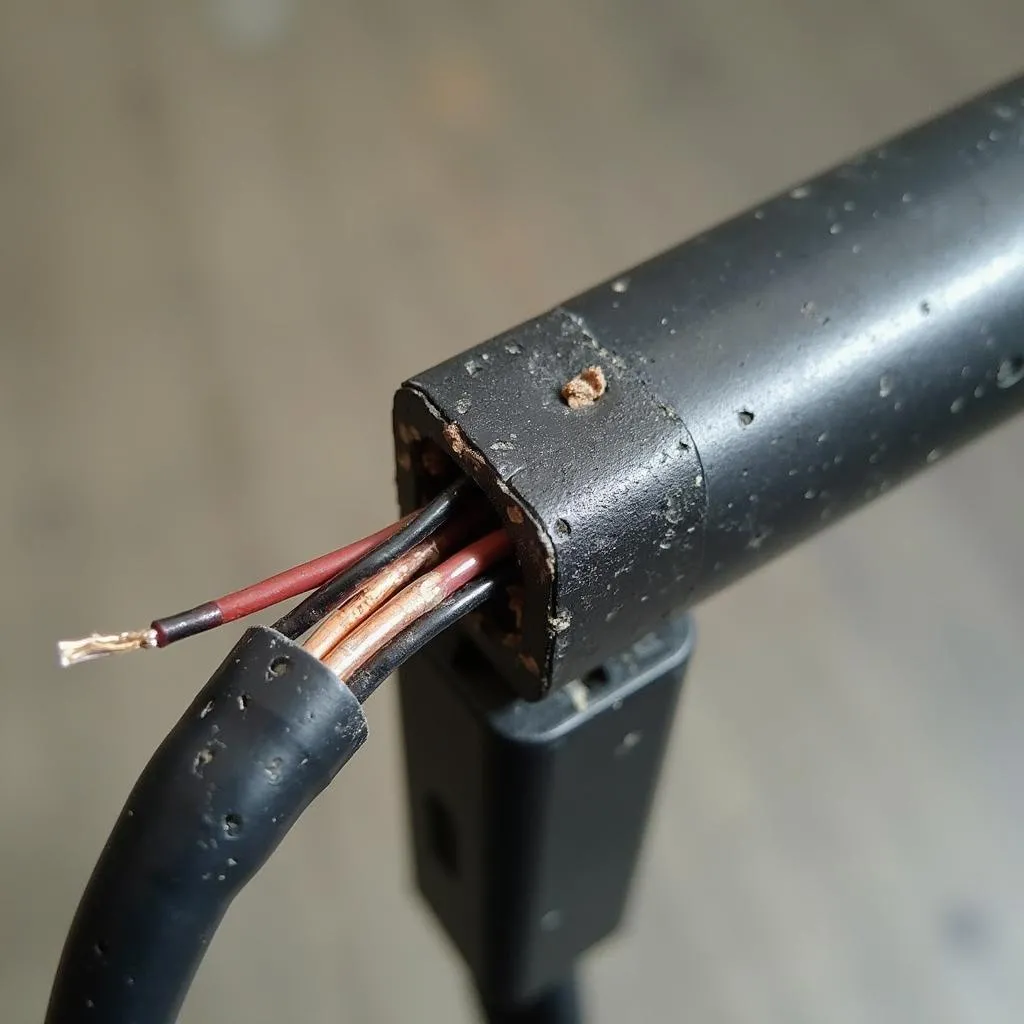Many of us have experienced this: you want to charge your phone, laptop, or electric car and notice that the charging plug is uncomfortably hot. This can be worrying and even pose potential dangers. But don’t worry, in this article, we’ll explore the most common causes of this problem and show you how to fix it.
Why Does the Charging Plug Get Hot?
A warm plug during charging is not initially a cause for panic. After all, electrical energy is converted into heat, which is a normal physical process. However, if the plug becomes unusually hot, it can indicate various problems:
Overloading the Charger
One of the most common causes of a hot plug is overloading the charger. Every charger has a maximum current it can deliver. If this is exceeded, for example by using an unsuitable or defective charging cable, it can lead to overheating. “Always use the original charger or a high-quality, compatible charger for your device,” advises Dr. Ing. Markus Bauer, an expert in electrical engineering.
Defective Charging Cable or Charger
A damaged charging cable or charger can also cause overheating. Breaks in the cable, a loose contact in the plug, or damage to the internal components can impede the flow of electricity and thus generate heat.
 Damaged charging cable with exposed wires
Damaged charging cable with exposed wires
Poor Contact Between Plug and Socket
Another reason for a hot plug can be poor contact between the plug and the socket. Dust, dirt, or a loose connection can increase resistance and thus lead to heat generation.
Ambient Temperature
The ambient temperature also plays a role. In high temperatures, the plug can heat up faster, especially if the charger is under load.
What to Do If the Charging Plug Gets Hot?
If you notice that your charging cable plug is getting hot, you should take the following measures:
1. Interrupt the Charging Process
Immediately disconnect the charger from the power source to prevent further overheating.
2. Check the Charging Cable and Charger
Carefully examine the charging cable and charger for visible damage such as breaks, cracks, or discoloration. If in doubt, replace defective components.
 Checking a charging cable for damage
Checking a charging cable for damage
3. Clean the Plug and Socket
Remove dust and dirt from the plug and socket. The best way to do this is with a dry cloth or compressed air.
4. Use a Suitable Charger
Make sure you are using the correct charger for your device. You can usually find this information in the operating instructions.
5. Avoid High Temperatures
Do not charge your device in places with high temperatures, direct sunlight, or near heat sources.
When Should You Contact a Professional?
If the plug continues to get hot despite the measures mentioned above, you should contact a professional. An electrician can investigate the problem more closely and, if necessary, check the charger or the electrical installation.
Conclusion
A hot charging cable plug is a serious problem that should not be ignored. By following the tips described in this article, you can minimize the risk of damage and accidents. If you are unsure, do not hesitate to seek professional help.
Further Questions on the Topic “Charging Plug Gets Hot”?
- What are the most common causes of a hot plug?
- How can I prevent my charging cable plug from getting hot?
- Is it dangerous if the charging cable plug gets hot?
- When should I contact a professional?
On autorepairaid.com you will find more helpful tips and information about car repair and diagnostics. Feel free to contact us if you need support – our experts are always available to help you!

